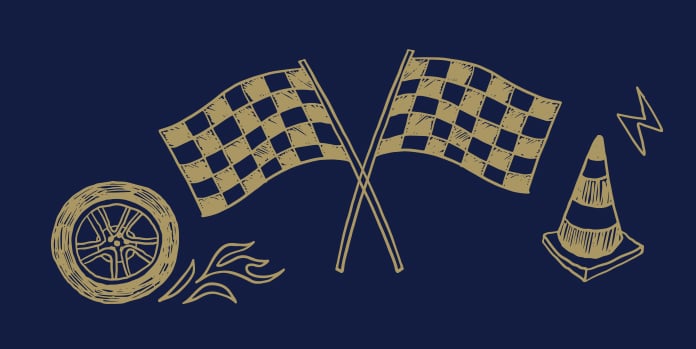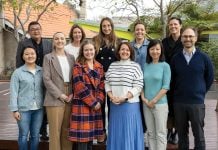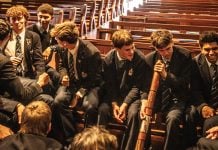Year 11 student, Aden Allegos, explains how his Year 11 VCE Geography class steps out of the classroom to expand their learning.
On the 22 March 2024, as part of the Year 11 VCE Geography curriculum, our class undertook fieldwork at the Formula 1 Australian Grand Prix in Melbourne to answer an overarching question: “Do the positive impacts of tourism outweigh the negative impacts of tourism in the Australian GP?”
This fieldwork experience was both a great opportunity to gain insight into the history, process and management strategies within the event, while also giving us a chance to experience the high-energy environment, with the Formula 3 qualifying, Formula 2 practice and Formula 1 practice races all taking place on the day, alongside the RAAF airshow and other entertainment offered at the event.
While in previous years the Year 11 Geography cohort completed their tourism fieldwork at Philip Island, the convenient location and very relevant research question regarding the impact of tourism on the local areas of Albert Park and South Yarra, including our school, made the Grand Prix trip very exciting and appropriate.
We studied the management strategies implemented throughout the Albert Park area to minimise social and environmental impact, recording data such as pedestrian counts, decibel readings, photos, environmental analysis, surveys and more, to come towards a conclusion on our hypothesis.
Gathering our data
The students used an app on their phones to record the decibels of the sounds from the cars to explore if this impact impacted residents and the tourists who attended the Grand Prix. Students then used the data in the interactive app to create a data analysis section of their final report.
Environmental quality assessments were also undertaken on the field trip by observation and survey. Each of the 15 predetermined variables were rated from high (+2) to very poor (-2). For example, I scored “vandalism is prominent” high (+2) meaning that there is little to no vandalism.
Students were also able to utilise Geographic Information systems with the use of the ArcGIS SURVEY. The Geographic information systems technology enabled the students to undertake an easy-to-use online survey with the public via their phones. The survey collected information from members of the public, assessing the impacts of tourism by asking them specific questions. This was a good example of a sophisticated primary data collection technique where all the results were done via geospatial technology and provided the students with summary graphed data to help them be able to conclude their fieldwork report.
Students were also able to use various apps on their phones such as GPS Map Camera which enabled them to record precise geographic details such as locations and latitude co-ordinates for every place they collected data.
Our conclusion
Overall, the day was an unforgettable experience that provided a first-hand insight into the management strategies of the event combined with the thrill of Formula 1, and we were able to return with plenty of data to answer our hypothesis and form a comprehensive report which resulted in the finding that our hypothesis was we found it to be true. The economic impacts of the F1 (as derived from the record attendance in 2024) outweighed the social and minimal environmental impacts we observed throughout the day.



